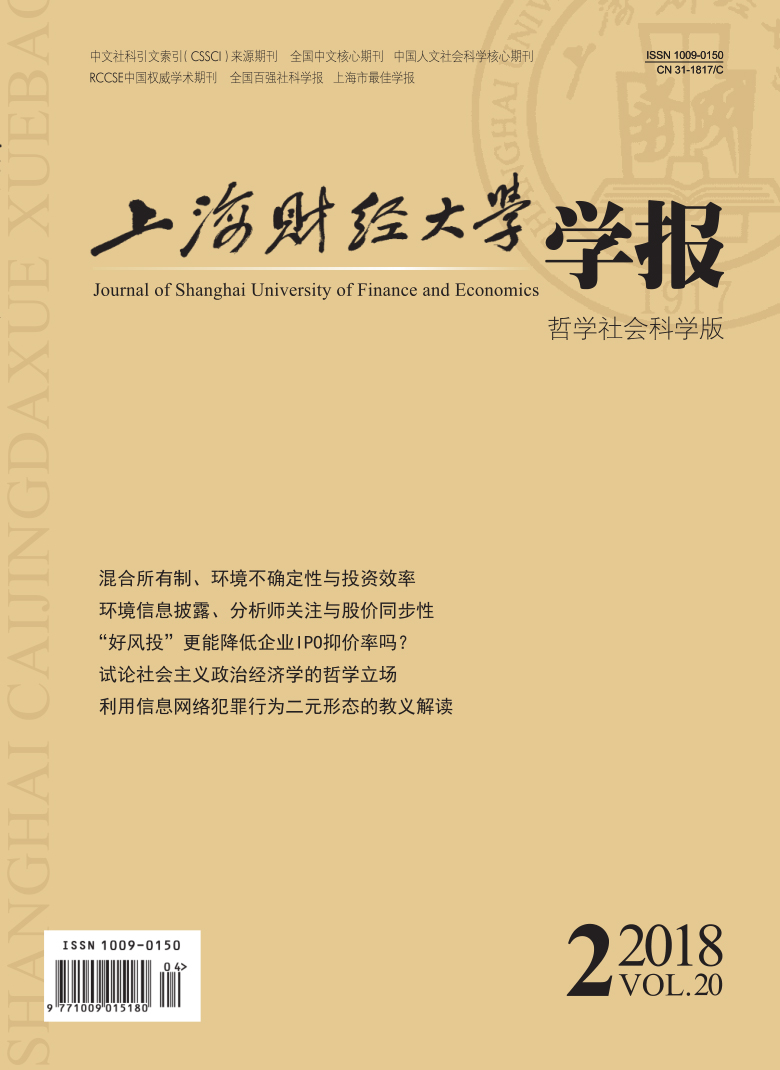The distribution of existing VAT goes in accordance with the location of main producers while the actual tax burden is borne by consumers. Once the consumers and the producer are not in the same place, the VAT income transfer between regions caused by tax burden shift would thus influence the distribution of financial resources among regions. Compared with the destination principle, the origin principle is biased in favor of rich regions. Firstly, this paper constructs VAT revenue transfer index with the VAT special invoice data flow provided by State Administration of Taxation auditing system in Jinshui Project and comes to the conclusion that domestic VAT flows in and out between regions. The more economically developed areas enjoy more net VAT inflow. Gini decomposition results show that before replacing business tax with VAT, the gap between rich and poor regions widens under the origin principle. It makes inter-regional financial inequality increase by above 50% and inter-regional financial inequality per capita increase by 100% above in comparison with the destination principle. Using domestic regional input-output table analysis, further research shows that, after replacing business tax with VAT, the extent of inter-regional tax transfer will be alleviated. However, the expanding effect on local financial inequality under the origin principle still works. Simple increase in the share ratio of VAT between central and local governments cannot keep the origin principle from expanding local financial inequality, because the increase in the proportion of share also increases borne VAT revenues attributable to local governments as well as VAT net inflow, whose marginal effects exactly offset each other. The incremental return policy of the VAT itself has the pro-richness nature, that is, the more the VAT revenues get, the more tax revenues it receives. Therefore, it doesn’t help to control but may increase the financial expansion effect under the origin principle. In the future, it is necessary to improve the level of consumption in each region through equalization and offset local financial inequality caused by VAT through more effective transfer payment to promote the equalization of public services.
 / Journals / Journal of Shanghai University of Finance and Economics
/ Journals / Journal of Shanghai University of Finance and EconomicsJournal of Shanghai University of Finance and Economics
LiuYuanchun, Editor-in-Chief
ZhengChunrong, Vice Executive Editor-in-Chief
GuoChanglin YanJinqiang WangWenbin WuWenfang, Vice Editor-in-Chief
Transregional VAT Transfer and Local Financial Inequality: A Comparison before and after “Replacing Business Tax with VAT”
Journal of Shanghai University of Finance and Economics Vol. 20, Issue 02, pp. 89 - 99 (2018) DOI:10.16538/j.cnki.jsufe.2018.02.006
Summary
References
Summary
Cite this article
Gao Fengqin, Liu Jindong. Transregional VAT Transfer and Local Financial Inequality: A Comparison before and after “Replacing Business Tax with VAT”[J]. Journal of Shanghai University of Finance and Economics, 2018, 20(2): 89-99.
Export Citations as:
For
ISSUE COVER
RELATED ARTICLES





 9034
9034  12188
12188

